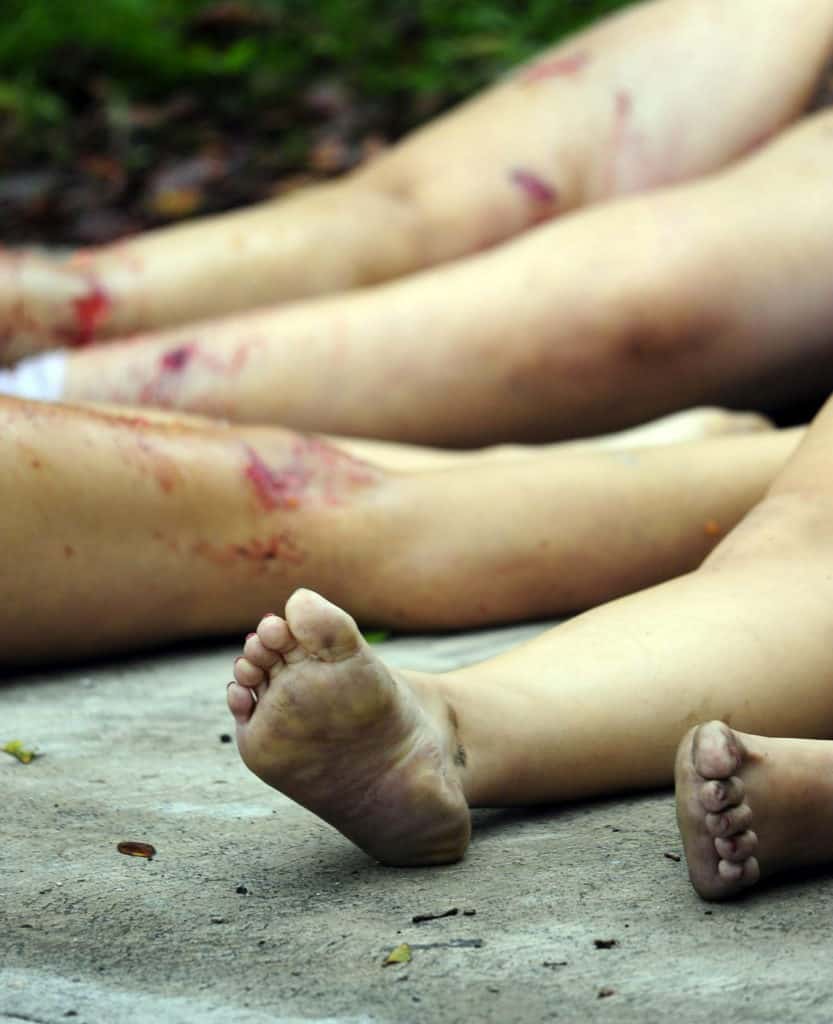Mexico: May Homicide Number Highest Ever Recorded
Mexico News Daily, June 21, 2017

The bodies of three murdered women, between 20 and 25 years old, in Jiutepec, Morelos state in Mexico. (Credit Image: © EFE/ZUMAPRESS.com)
Homicide numbers are in for the month of May and they are not good.
The National Public Security System reports 2,186 cases of intentional homicide during the month, which makes it the worst in 20 years.
The number is the highest since 1997 when the SESNSP began compiling the figures, and represents three assassinations in Mexico every hour.
The next worst month recorded was May 2011 with 2,131 cases during a year that is regarded as the worst in the country’s history.
But this year could well take its place, if the trend continues.
Intentional homicide cases in the first five months totaled 9,916, up nearly 5% over the 9,466 recorded during the same period in 2011, and 29.4% higher than the first five months of 2016.
The May figures were up over those of April in 17 states. Among them were Chihuahua, from 100 to 140; Colima, from 33 to 52; Mexico City, 91 to 103; Guerrero, 189 to 216; Nuevo León, 54 to 75; San Luis Potosí, 24 to 44; Tamaulipas, 45 to 72; and Veracruz, 116 to 137.
Kidnapping has also risen, but not to the same extent. There were 80 cases opened in May, up 8% over April. There have been 484 cases opened in the first five months, 12.8% more than the same period last year.
New security strategies and deployments of the armed forces have done nothing to improve the numbers so far, although recognition appears to be growing that impunity is a big obstacle to reversing the trend.
In August President Enrique Peña Nieto announced a new strategy that would focus on the 50 municipalities in which 42% of homicides had been registered through crime prevention measures and containment of criminal elements by security forces.
Another plan early this year initiated crime prevention measures in 50 municipalities with high poverty levels and economic inequality.















